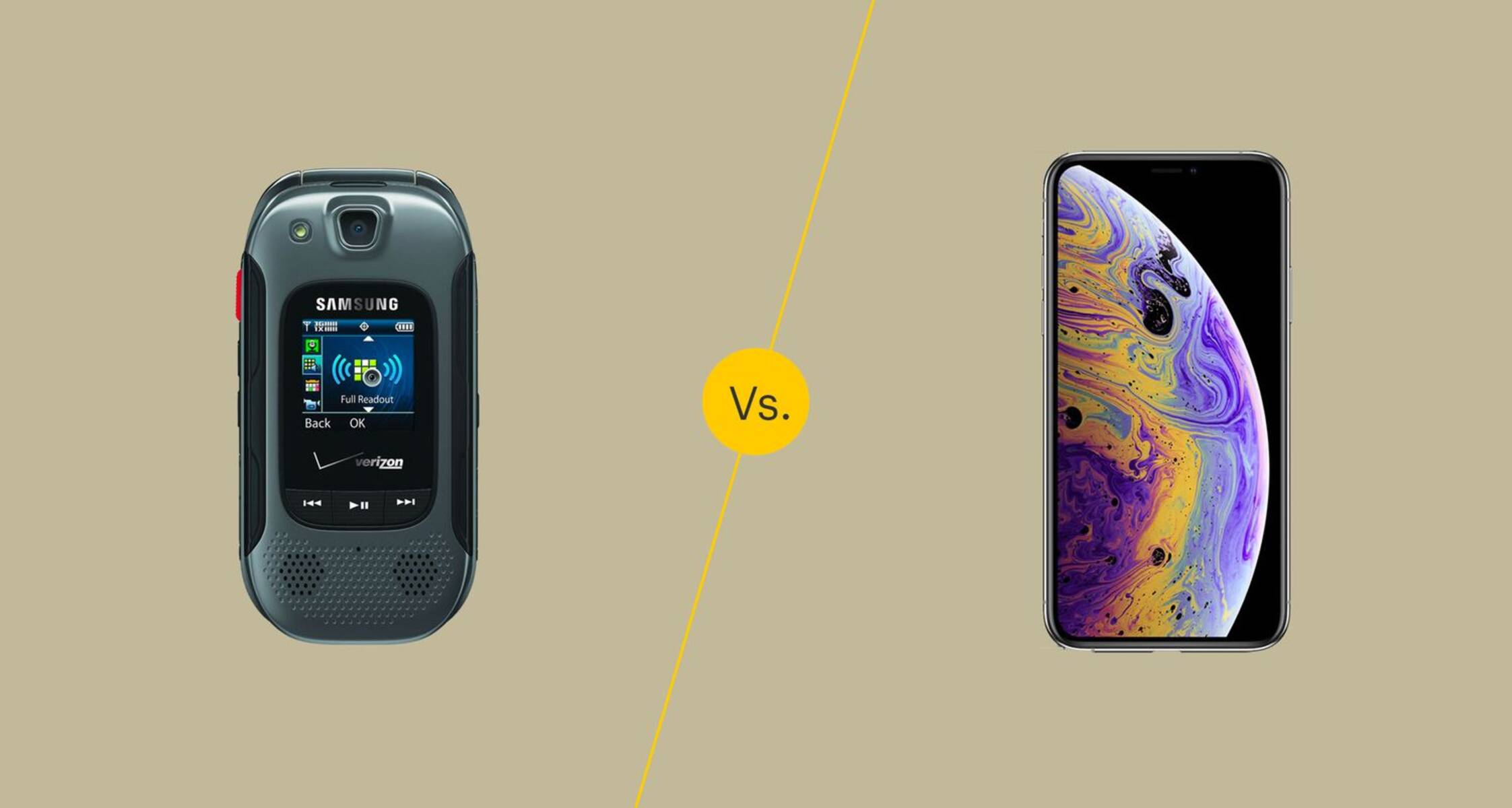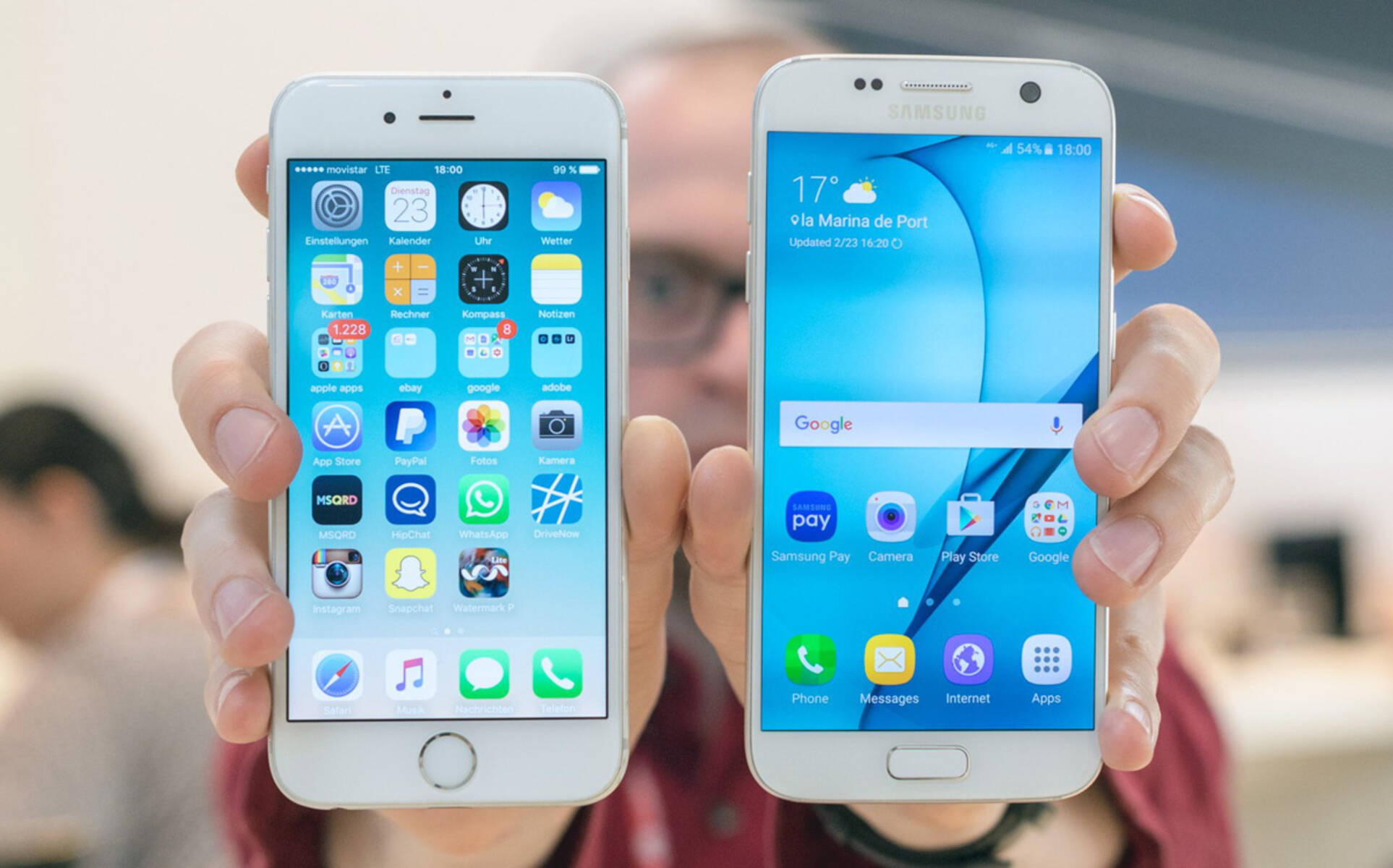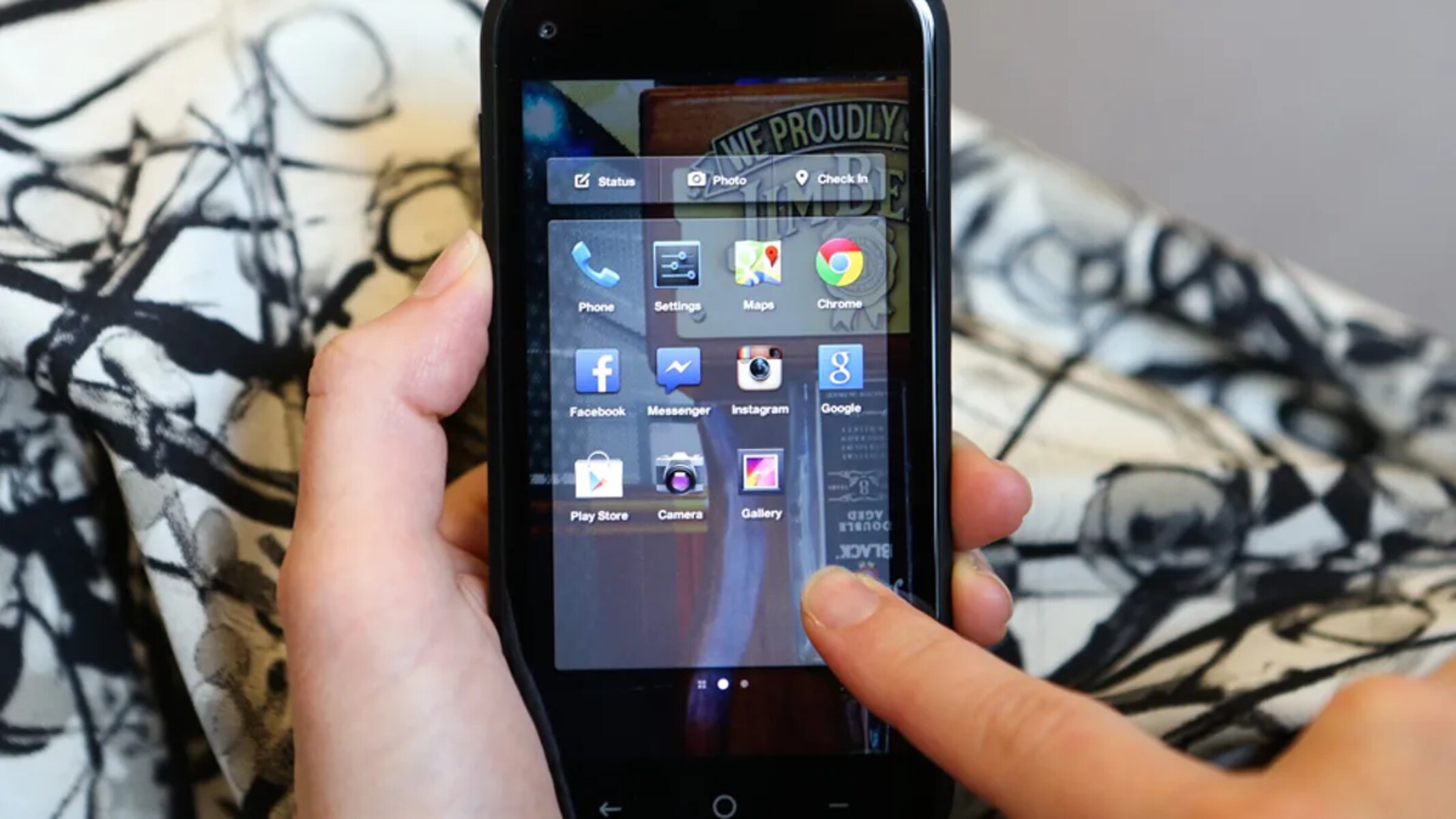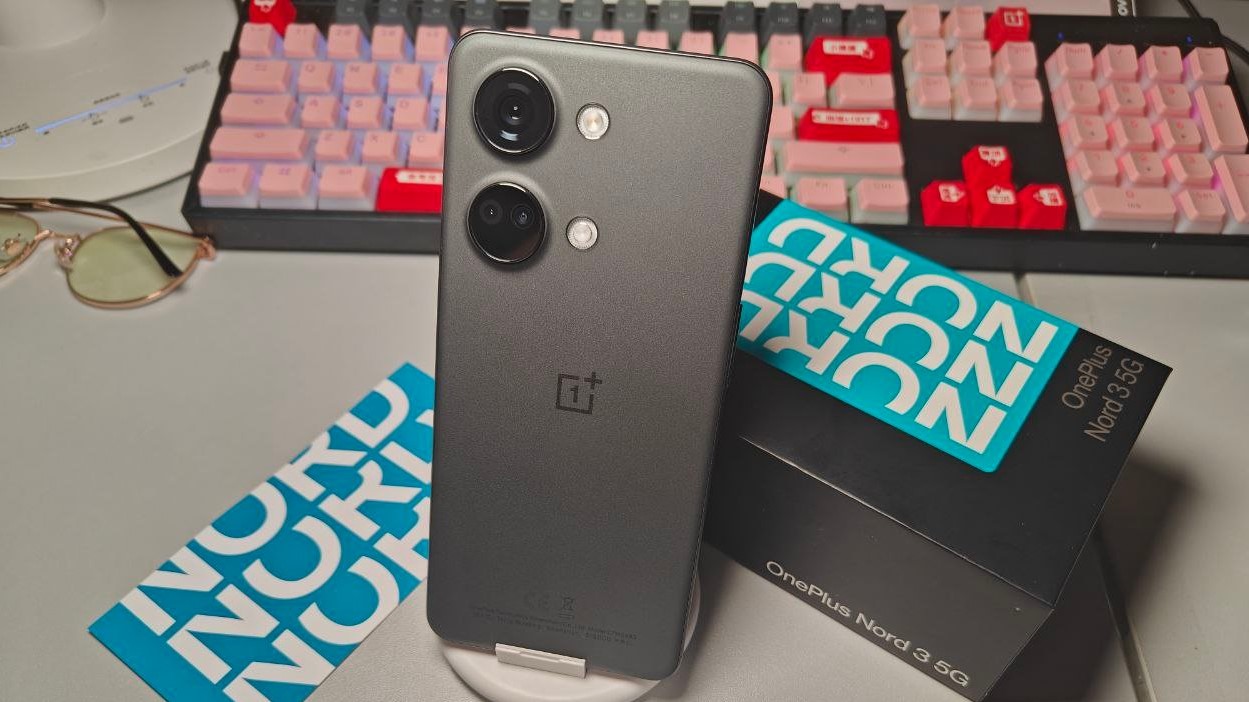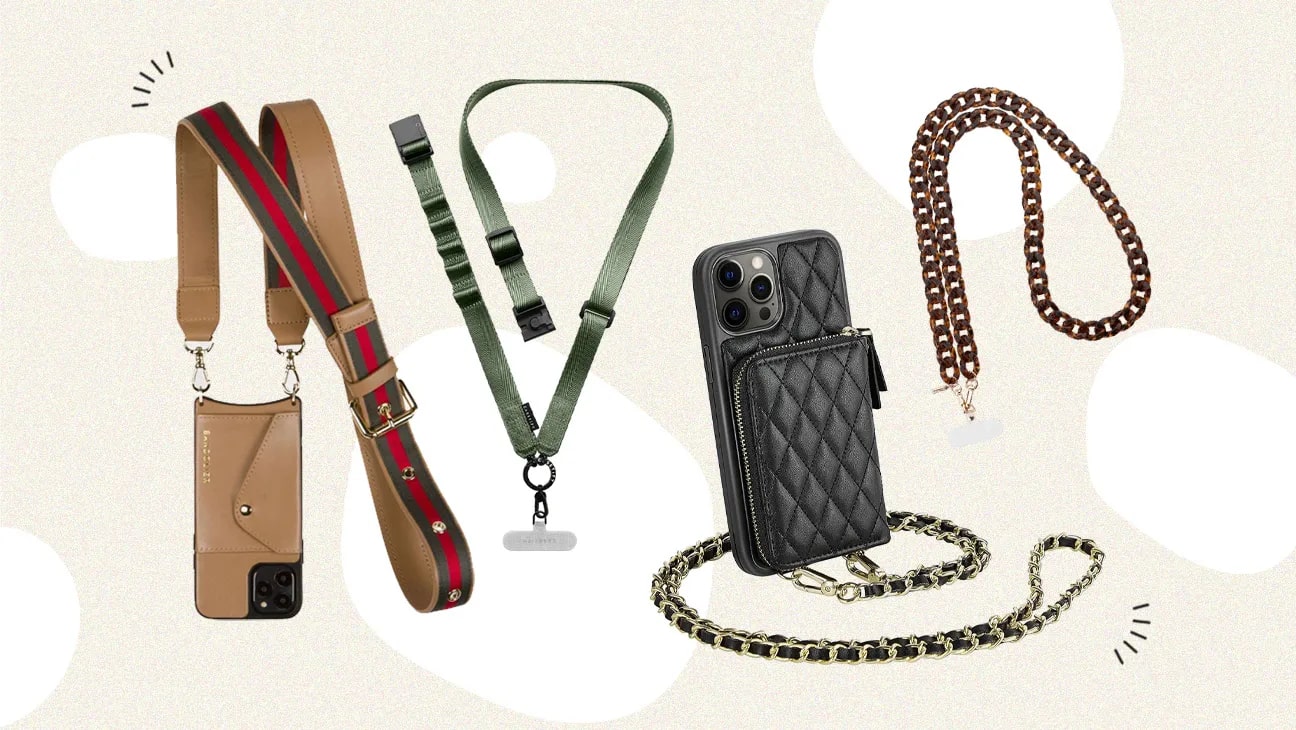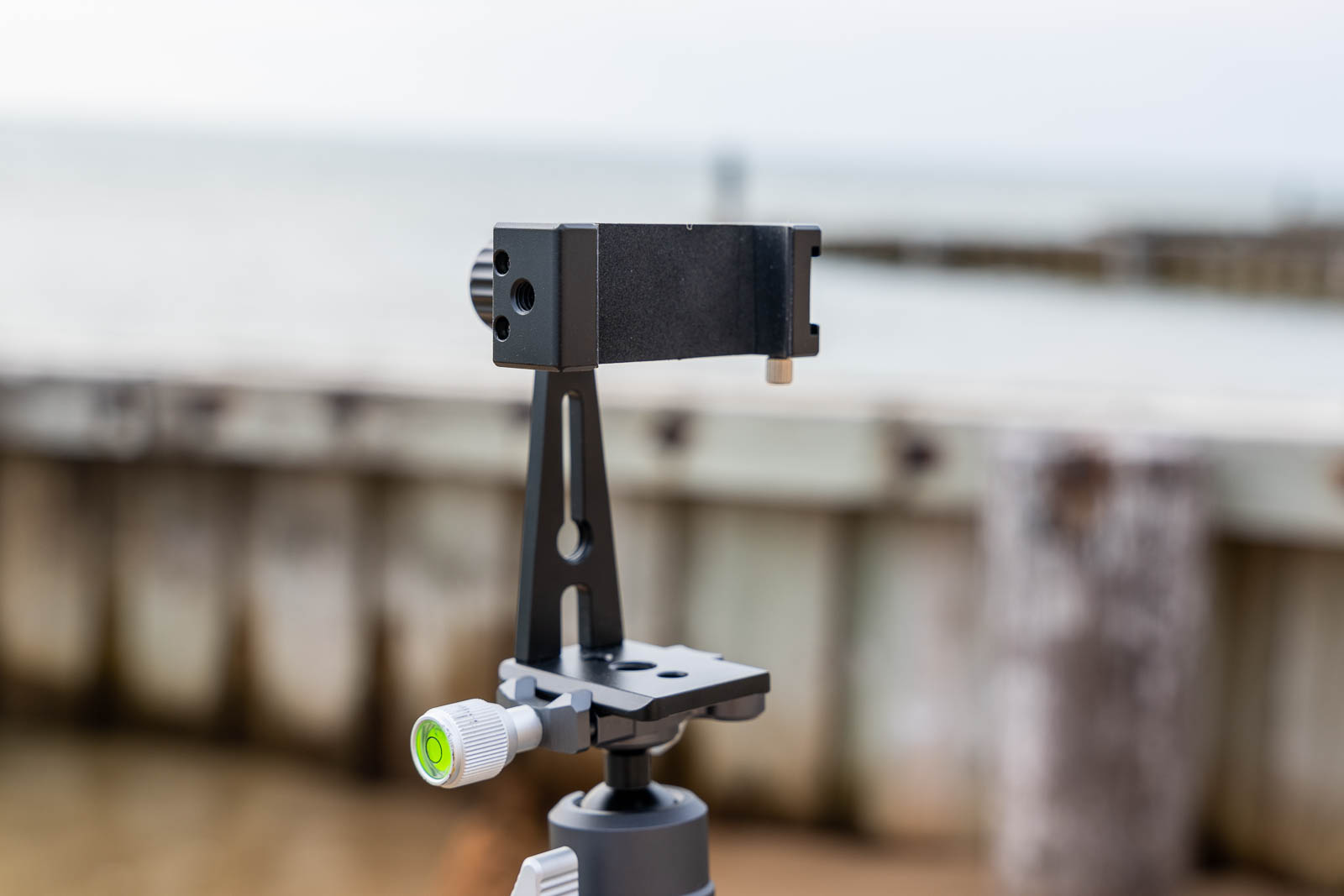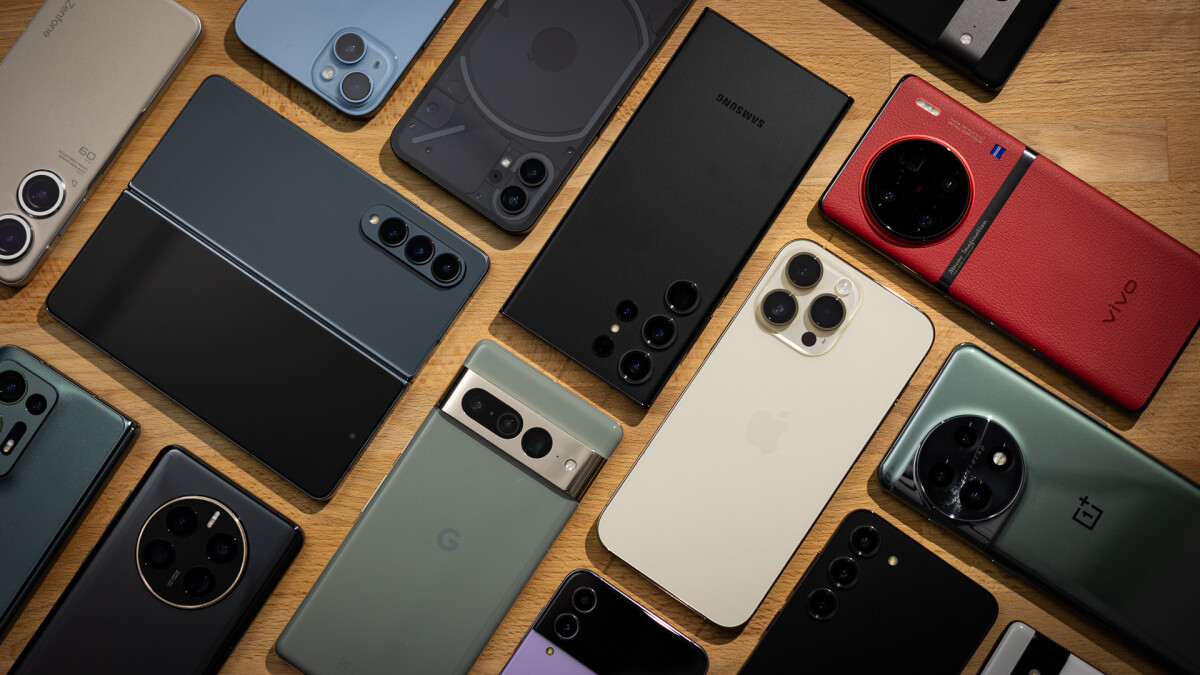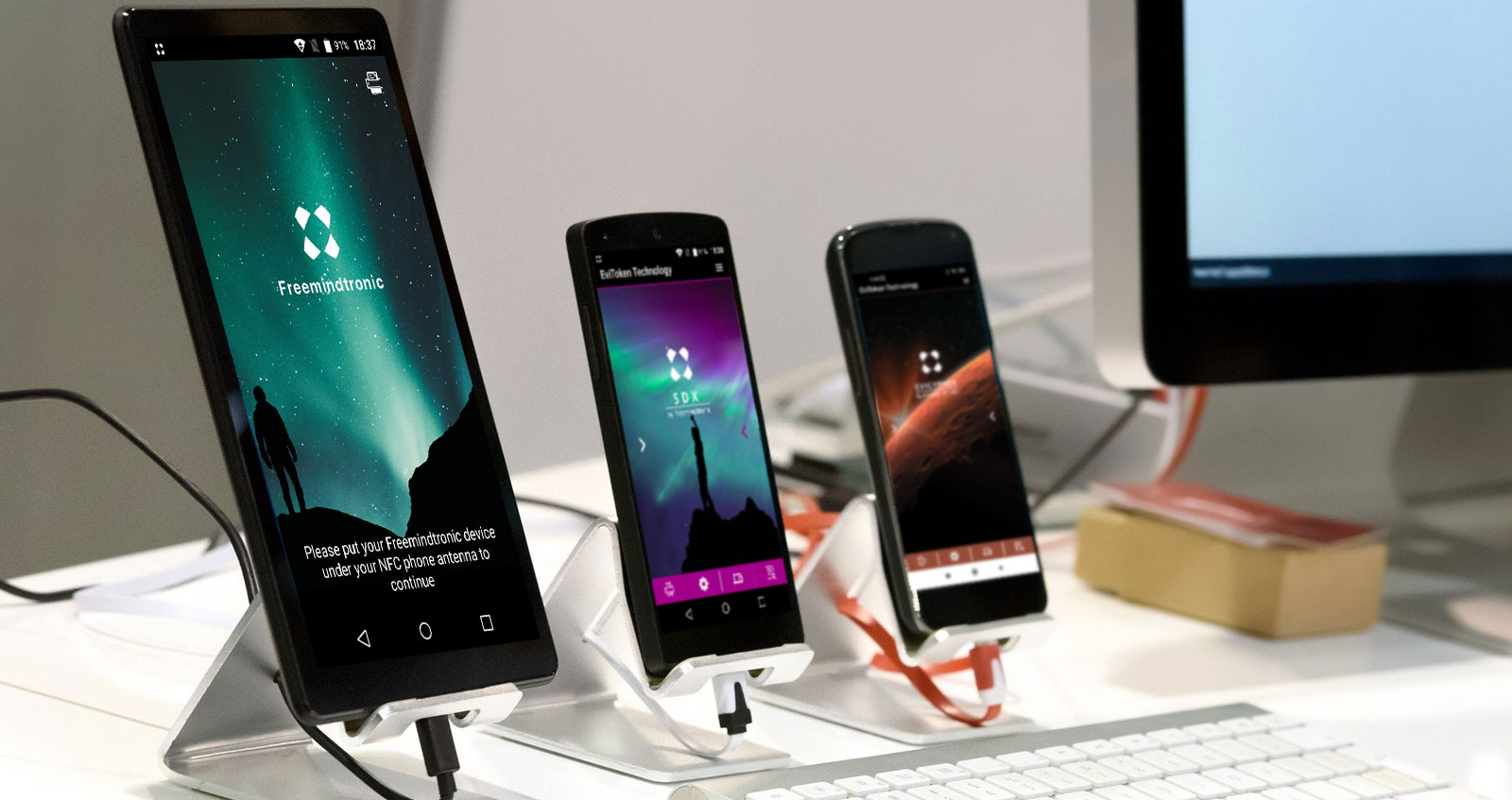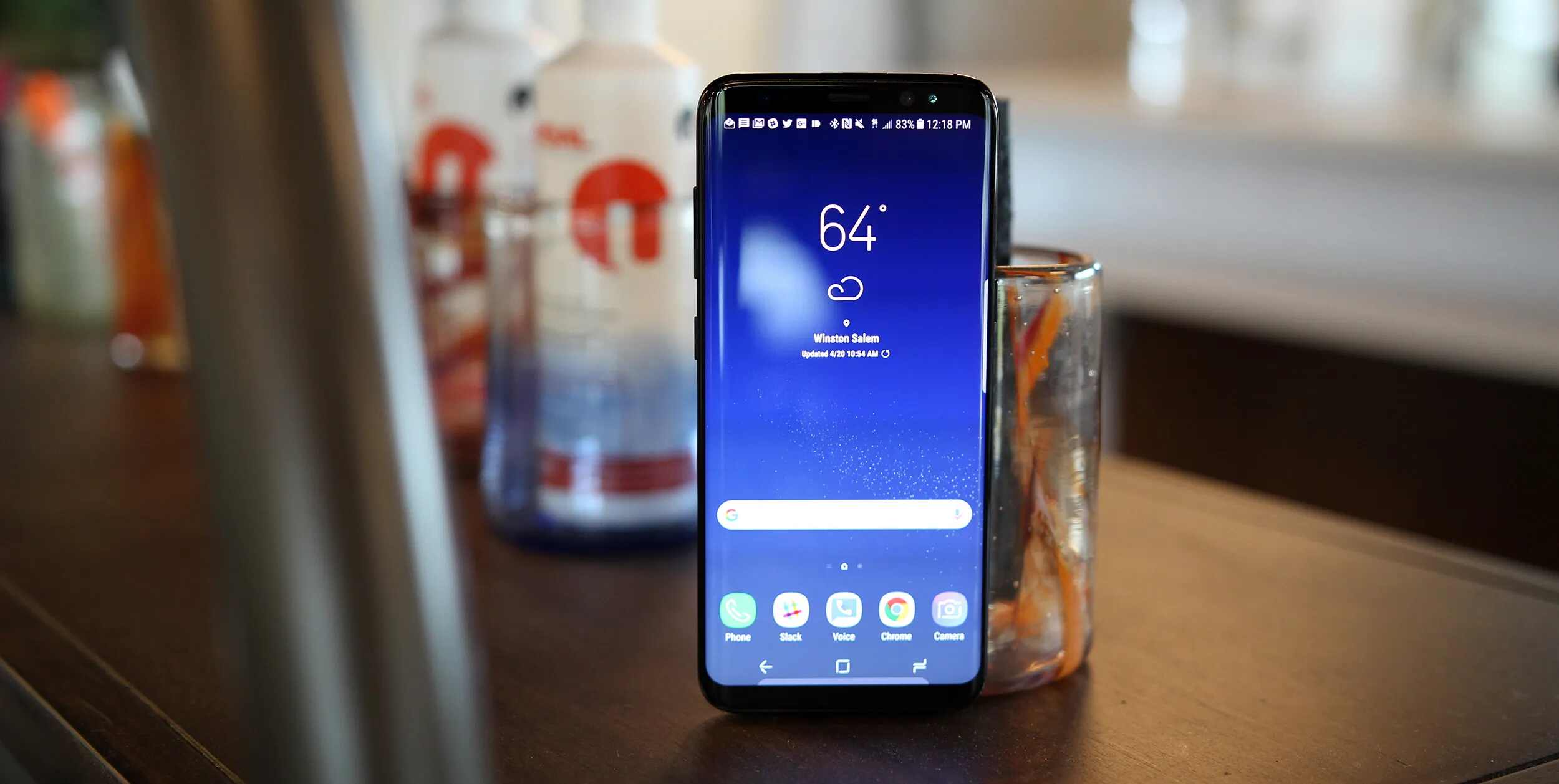Introduction
Smartphones and feature phones have become an integral part of our daily lives. These two types of mobile devices have revolutionized the way we communicate, access information, and interact with the world around us. With their advanced functionalities and diverse capabilities, smartphones have gained immense popularity in recent years. However, there are still some who prefer the simplicity and affordability of feature phones.
In this article, we will explore the differences between smartphones and feature phones. We will delve into their hardware specifications, operating systems, internet capabilities, app stores, multimedia features, battery life, and price ranges. By understanding these distinctions, you can make an informed decision when choosing between a smartphone and a feature phone.
Before we dive into the details, let’s clarify the definitions of both devices. A smartphone is a mobile phone that offers a wide range of features and functions beyond basic calling and messaging. It typically runs on a sophisticated operating system, has a touchscreen interface, and supports various applications. On the other hand, a feature phone is a basic mobile phone that focuses primarily on calling and texting, with limited additional features.
Now, let’s explore the differences between these two types of mobile devices in more detail. By examining their hardware, operating systems, internet capabilities, app stores, multimedia features, battery life, and price ranges, you will be able to determine which device suits your needs and preferences.
Definition of a Smartphone
A smartphone is a mobile device that goes beyond the traditional capabilities of a feature phone. It is designed to provide a wide range of advanced features and functions, catering to the needs of modern-day users. One of the key defining characteristics of smartphones is their ability to run sophisticated operating systems such as Android, iOS, or Windows.
Smartphones typically offer a touchscreen interface, enabling users to interact with the device through taps, swipes, and gestures. This intuitive interface allows for seamless navigation and enhances the overall user experience. Additionally, smartphones are equipped with powerful processors, ample RAM, and sufficient storage capacity to handle multitasking and storage demands.
One of the standout features of smartphones is their extensive app ecosystem. Users can access app stores such as Google Play Store or Apple App Store to download and install a wide variety of applications tailored to their needs. These apps span across various categories including communication, social media, productivity, entertainment, and more. The availability of apps allows smartphones to be customized and personalized to suit individual preferences and requirements.
Another key aspect that sets smartphones apart is their internet capabilities. Smartphones support various connectivity options, including Wi-Fi, cellular data, and Bluetooth. This enables users to access the internet, browse websites, send emails, stream videos, and stay connected with others through social media platforms, regardless of their location.
Moreover, smartphones are equipped with high-quality cameras, enabling users to capture photos and record videos with remarkable clarity. The advancement in camera technology has made smartphones a popular choice for photography enthusiasts and casual users alike.
Battery life is another important consideration when it comes to smartphones. With their advanced features and capabilities, smartphones tend to consume more power compared to feature phones. However, manufacturers are continually improving battery technology to extend the operating time and implement power-saving features to maximize usage.
When it comes to pricing, smartphones generally fall into a wide range of price points, catering to different budgets and preferences. Premium flagship smartphones offer cutting-edge features and come with a higher price tag, while mid-range and budget-friendly options provide a balance between features and affordability.
In summary, smartphones are highly advanced mobile devices that offer a myriad of features and functions beyond basic calling and messaging. They provide a touchscreen interface, run on sophisticated operating systems, support a wide range of apps, offer internet connectivity, have high-quality cameras, and come at various price points to suit different needs and budgets.
Definition of a Feature Phone
A feature phone, also known as a basic mobile phone or a dumb phone, is a device that focuses primarily on essential functionalities such as calling and texting. Unlike smartphones, feature phones have limited additional features and are designed to provide a simple and straightforward user experience.
Feature phones typically have a physical keypad for dialing and texting, as well as a small non-touchscreen display for viewing messages, contacts, and call logs. They have a more compact and lightweight design compared to smartphones, making them easier to carry and handle.
While feature phones lack the advanced operating systems found in smartphones, they still offer basic apps and utilities. These include a calculator, alarm clock, calendar, and perhaps a basic web browser for accessing simple websites. However, the functionality and user interface of these features are typically simpler and more limited compared to smartphones.
One of the notable differences between feature phones and smartphones is the absence of an extensive app ecosystem. Feature phones usually do not support third-party app installations and rely on pre-installed apps for basic functionalities. These devices may provide some pre-loaded apps for basic tasks like playing music or taking photos, but the selection is limited compared to smartphones.
Feature phones generally offer basic internet capabilities, allowing users to access the internet through a simplified web browser. However, the browsing experience is often limited due to the lack of touchscreen and advanced rendering capabilities. Activities like checking emails or browsing social media may be possible but may not be as seamless or feature-rich as on smartphones.
Battery life is one area where feature phones excel. Since they have fewer features and consume less power, feature phones typically have longer battery life compared to smartphones. This can be a significant advantage, especially for users who prioritize long-lasting battery performance.
Another noteworthy aspect is the price range of feature phones. These devices tend to be more affordable compared to smartphones, making them accessible to a wide range of users. The lower price point, coupled with their relative simplicity, makes feature phones a popular choice for individuals who seek basic communication functionalities without the need for advanced features.
To summarize, feature phones are basic mobile devices that prioritize calling and texting functionalities. They have a straightforward user interface, limited additional features, basic internet capabilities, longer battery life, and are generally more affordable compared to smartphones.
Hardware Differences
When comparing smartphones and feature phones, one of the key differences lies in their hardware specifications. Smartphones are designed with more advanced hardware components, offering enhanced capabilities and performance compared to feature phones.
One of the crucial distinctions is the display technology. Smartphones generally feature larger screens with higher resolutions, often utilizing LCD or OLED technology. These displays offer vibrant colors, sharp visuals, and better viewing angles, which are especially beneficial for multimedia consumption, gaming, or reading content on the go. Feature phones, on the other hand, typically have smaller screens with lower resolutions, making them sufficient for basic tasks like calling and texting.
Processors are another differentiating factor. Smartphones are equipped with powerful and energy-efficient processors, allowing them to handle multitasking, resource-intensive apps, and complex tasks with ease. Feature phones, on the contrary, have simpler and less powerful processors, which are sufficient for handling basic communication functions but may struggle with more demanding tasks.
Memory and storage capacities also vary between smartphones and feature phones. Smartphones usually offer larger RAM and storage options to accommodate the installation and smooth running of numerous apps, games, and multimedia files. Feature phones, on the other hand, have more limited memory and storage, suitable for storing contacts, messages, and a few media files.
Connectivity options differ as well. Smartphones typically support a wide range of connectivity options, including 4G LTE, Wi-Fi, Bluetooth, NFC, and GPS. These connectivity features allow for faster internet speeds, seamless data transfers, and location-based services. Feature phones, in contrast, may support basic connectivity options like 2G or 3G, restricted Wi-Fi functionality, and lack some advanced connectivity features like GPS or NFC.
Camera capabilities also vary significantly between the two types of phones. Smartphones often boast high-resolution cameras with advanced features like optical image stabilization, low-light performance, and manual controls. This enables users to capture high-quality photos and videos. Feature phones, on the other hand, typically have simpler, lower-resolution cameras that are suitable for basic snapshots and video recording.
Battery capacity is another aspect where smartphones and feature phones differ. Smartphones require more power due to their advanced hardware and extensive functionalities, leading to shorter battery life compared to feature phones. Feature phones, with their simpler hardware and limited capabilities, tend to offer longer battery life, making them ideal for users who require longer durations between charges.
In summary, smartphones outshine feature phones in terms of hardware specifications. They feature larger and higher-resolution displays, more powerful processors, larger memory and storage capacities, advanced connectivity options, superior camera capabilities, albeit at the expense of shorter battery life. Feature phones, on the other hand, offer more basic and modest hardware specifications, suitable for those who prioritize simplicity, longer battery life, and affordability.
Operating System Differences
One of the key distinctions between smartphones and feature phones lies in their operating systems. Smartphones run on sophisticated operating systems like Android, iOS, or Windows, while feature phones typically operate on simpler proprietary operating systems.
Smartphones with Android OS, developed by Google, offer a versatile and customizable user experience. Android provides a vast app ecosystem through the Google Play Store, offering millions of applications across various categories. This enables users to personalize their smartphones with apps that suit their needs and interests. Additionally, Android allows for seamless integration with Google services, such as Gmail, Google Maps, and Google Drive, enhancing productivity and convenience.
iOS, developed by Apple, is the operating system exclusively used in iPhones. Known for its smooth and intuitive user interface, iOS offers a tightly integrated ecosystem of apps and services. The Apple App Store features a wide selection of high-quality applications curated by Apple, ensuring a secure and user-friendly experience. iOS also offers exclusive features like Siri, Apple’s virtual assistant, and seamless integration with other Apple devices through iCloud.
Windows operating system, developed by Microsoft, powers a range of smartphones. Windows phones offer a unique tile-based user interface that provides live updates and quick access to apps and information. The Windows Store provides a growing collection of apps, although it may not have the extensive variety of the Google Play Store or Apple App Store. Windows phones offer seamless integration with other Microsoft services, such as Office 365 and OneDrive, for enhanced productivity.
On the other hand, feature phones generally operate on simpler and more straightforward proprietary operating systems. These operating systems are designed to provide basic functionality for calling, texting, and handling essential tasks. While they lack the flexibility and app ecosystem of smartphones, the proprietary operating systems on feature phones often result in more straightforward and user-friendly interfaces. This simplicity can be appealing to users who prefer a no-frills approach to their mobile devices.
Another important aspect is the update cycle for operating systems. Smartphones receive regular updates from the respective operating system providers, ensuring access to new features, security patches, and performance improvements. Feature phones, on the other hand, may receive occasional software updates, but they are typically less frequent and focus primarily on bug fixes and stability improvements.
In summary, smartphones run on advanced operating systems like Android, iOS, or Windows, offering versatile user experiences, extensive app ecosystems, and regular updates. Feature phones, in contrast, operate on simpler proprietary operating systems that provide basic functionality without the extensive app support but offer more straightforward and user-friendly interfaces.
Internet Capabilities
One of the major differences between smartphones and feature phones lies in their internet capabilities. Smartphones offer advanced connectivity options, providing users with a seamless and versatile internet browsing experience.
Smartphones support various connectivity technologies such as 4G LTE, which enables fast and reliable internet access on the go. They also typically have built-in Wi-Fi capabilities, allowing users to connect to wireless networks for faster internet speeds at home, in cafes, or other public places.
The larger screens of smartphones, along with their touchscreen interfaces, make web browsing more convenient and enjoyable. Users can navigate websites, view images, watch videos, and engage with online content with ease. Additionally, smartphones provide support for HTML5, ensuring compatibility with modern web technologies and enabling a richer browsing experience.
Furthermore, smartphones offer the ability to download and use a wide range of applications that leverage internet connectivity. These apps may include social media platforms, email clients, video streaming services, online shopping apps, and more. Users can access and interact with these online services directly from their smartphones, enhancing their digital experience.
On the other hand, feature phones have more limited internet capabilities. They often support basic internet connectivity, typically through 2G or 3G networks. While slower compared to 4G LTE or Wi-Fi, these networks allow feature phone users to access simple websites, check emails, and perform basic online tasks.
Feature phones may also have pre-installed applications or simplified web browsers specifically designed for feature phone users. These browsers may have limited functionality and compatibility, allowing users to access basic web content, read news articles, or access essential online services.
Overall, while feature phones provide basic internet access, their capabilities are more limited compared to smartphones. They lack the speed, versatility, and compatibility that smartphones offer. Smartphones not only provide fast and reliable internet connectivity but also offer a wide range of applications and services that take full advantage of online connectivity.
App Store and Third-Party Applications
One of the significant advantages of smartphones over feature phones is the availability of app stores and the ability to install and use a wide range of third-party applications. This aspect has transformed smartphones into versatile devices that can cater to various needs and interests.
Smartphones offer access to app stores such as the Google Play Store (for Android devices), the Apple App Store (for iOS devices), or the Microsoft Store (for Windows phones). These app stores provide a vast array of applications spanning multiple categories, including social media, productivity, entertainment, health, education, and more.
Users can browse these app stores, search for specific apps, and download them directly to their smartphones. The app stores ensure that the apps are vetted for quality and security, offering a safer installation process. With millions of apps available, smartphone users have an extensive selection to choose from, allowing them to customize their devices to suit their preferences.
In addition to the official app stores, smartphones also provide the convenience of installing third-party applications. Android, for instance, allows users to install apps from sources other than the Google Play Store, known as “sideloading.” This flexibility allows users to explore alternative app marketplaces or install apps from direct downloads.
On the other hand, feature phones typically lack a dedicated app store or the ability to install third-party applications. They rely on pre-installed applications for basic functionalities like messaging, calendar, calculator, and perhaps some limited entertainment or utility apps. These pre-installed apps are often developed by the feature phone manufacturer and cannot be easily expanded or customized by users.
While feature phones may not offer the vast selection of applications found in smartphone app stores, they still provide basic utilities to meet essential needs. These applications are typically optimized for the limited capabilities of feature phones and offer simple functionalities.
Overall, the availability of app stores and the ability to install third-party applications is a significant advantage of smartphones over feature phones. This feature enhances the versatility and usability of smartphones, allowing users to tailor their devices to their specific needs and preferences.
Multimedia Capabilities
When it comes to multimedia capabilities, smartphones outshine feature phones with their advanced hardware and software features. Smartphones offer a rich and immersive multimedia experience, making them ideal for entertainment, content consumption, and creative pursuits.
Smartphones are equipped with high-quality displays, often featuring larger screens with higher resolutions and vibrant color reproduction. This makes them excellent devices for viewing photos, watching videos, and playing games. The touchscreen interface enhances the overall multimedia experience, allowing users to interact directly with the content.
Moreover, smartphones provide superior audio capabilities. They typically come with built-in speakers that produce clear and immersive sound, whether for listening to music, watching videos, or playing games. Many smartphones also support high-quality audio codecs, such as Hi-Res Audio, and offer features like Dolby Atmos for enhanced audio experiences.
One of the standout features of smartphones is their camera capabilities. They are equipped with high-resolution cameras that offer advanced features like optical image stabilization, low-light performance, and manual controls. This allows users to capture high-quality photos and record videos with remarkable clarity and detail. Additionally, smartphones often come with pre-loaded or downloadable photo editing apps, enabling users to enhance and customize their multimedia content.
Smartphones also excel in terms of multimedia content creation. They offer a wide range of apps for video editing, music production, graphic design, and more. Content creators can record and edit videos, compose music, design artwork, and share their creations with the world using a single device.
Feature phones, on the other hand, have more limited multimedia capabilities. They may have basic cameras for capturing photos and videos, but the quality and features are typically inferior to those found in smartphones. Feature phones may also support audio playback, but the quality and audio enhancement options are limited compared to smartphones.
Furthermore, smartphones provide access to a plethora of multimedia apps and streaming services. Users can download apps for music streaming, video streaming, podcasting, and more, allowing them to access a wide range of content at their fingertips. Feature phones, on the other hand, have limited options for streaming or accessing multimedia content, which can impact the overall multimedia experience.
In summary, smartphones offer superior multimedia capabilities compared to feature phones. With their high-resolution displays, advanced cameras, powerful audio capabilities, and an extensive range of multimedia apps, smartphones provide an immersive and versatile multimedia experience. Feature phones, while capable of basic multimedia functions, lack the advanced features and options that smartphones offer.
Battery Life
Battery life is an essential aspect to consider when comparing smartphones and feature phones. The duration that a device can operate without needing a recharge can greatly impact its usability and convenience for users.
Smartphones, with their advanced hardware, larger screens, and numerous features, tend to have shorter battery life compared to feature phones. The high-resolution displays, powerful processors, and constant connectivity options demand more power, resulting in faster battery drain. Additionally, the extensive app usage, multimedia consumption, and multitasking capabilities of smartphones can further impact battery life.
However, smartphone manufacturers are continuously working to improve battery technology. Many smartphones now come with larger battery capacities, optimized power management features, and improved energy efficiency. Furthermore, software updates often include enhancements that extend battery life by optimizing background processes and reducing power consumption during idle periods.
On the other hand, feature phones are designed with simplicity and efficiency in mind. They have fewer features and less power-demanding hardware, resulting in longer battery life. Since feature phones are primarily focused on basic communication functions, their power requirements are significantly lower, allowing for extended periods of usage between charges.
Feature phones often have smaller screens, less powerful processors, and limited connectivity options, all of which contribute to their better battery life. Additionally, feature phones typically have more conservative power management strategies, allowing them to make the most out of their battery capacity.
It is worth noting that battery life can also be influenced by individual usage patterns. Heavy app usage, constant internet connectivity, and multimedia consumption will naturally drain the battery faster, regardless of the type of device being used.
Overall, while smartphones generally have shorter battery life due to their advanced features and hardware, manufacturers are constantly improving battery technology to mitigate this issue. Feature phones, with their simpler functionalities and less power-demanding hardware, tend to have longer-lasting batteries, making them ideal for users who prioritize extended usage without frequent recharging.
Price Range
Price range is an important consideration when choosing between smartphones and feature phones. The cost of a mobile device can vary significantly depending on its capabilities, brand, specifications, and overall performance.
Smartphones generally come with a wide range of price points to cater to different budgets and preferences. Premium flagship smartphones from well-known brands often come with a higher price tag. These devices offer cutting-edge features, advanced hardware specifications, high-resolution displays, powerful processors, and exceptional camera capabilities.
Mid-range smartphones offer a balance between features and affordability. They provide decent performance, satisfactory camera capabilities, and a reasonable level of functionality at a more accessible price point. These mid-range devices often appeal to users who seek a good balance between performance and cost.
Budget-friendly smartphones are aimed at those on tighter budgets or people looking for a simpler device. These devices typically have more modest specifications, smaller screens, and less powerful processors. However, they still offer basic smartphone features and functionality like internet access, app support, and entry-level camera capabilities.
On the other hand, feature phones are known for their affordability. They generally come at a lower price compared to smartphones since they lack advanced features and functionality. Feature phones are ideal for individuals who primarily require basic communication functions like calling and texting without the need for advanced capabilities.
The lower price point of feature phones makes them accessible to a wide range of users. They are suitable for individuals who have budget constraints, those who prefer simplicity, or people who only require basic mobile functionality without the need for advanced features found in smartphones.
It’s important to note that the price range of smartphones and feature phones can vary depending on factors like brand reputation, model year, region, and specific features included. Additionally, the availability of discounts, promotions, and carrier contracts can also impact the final price of a mobile device.
In summary, smartphones come in a wide range of price points, offering options for different budgets and preferences. Premium flagship smartphones provide cutting-edge features but come at a higher cost, while mid-range and budget-friendly smartphones offer a balance between features and affordability. Feature phones, in contrast, are known for their affordability, making them suitable for individuals with tighter budgets or those who require basic communication functions.
Conclusion
Smartphones and feature phones each offer distinct advantages and cater to different user preferences and needs. Understanding the differences between these two types of mobile devices can help you make an informed decision based on your requirements and priorities.
Smartphones are highly sophisticated devices that provide advanced features, powerful hardware, extensive app ecosystems, and seamless internet connectivity. They offer a wide range of functionalities, from communication and productivity tools to multimedia capabilities and creative content creation. Smartphones excel in providing a versatile and immersive user experience, but they often come at a higher price and have shorter battery life compared to feature phones.
On the other hand, feature phones prioritize simplicity, affordability, and extended battery life. They offer essential communication functions like calling and texting, usually with limited additional features. Feature phones are ideal for individuals who primarily require basic mobile functionality without the need for advanced features or who have budget constraints.
When considering which device to choose, it is crucial to assess your specific needs. If you value a wide range of functionalities, the ability to install third-party applications, and a rich multimedia experience, a smartphone may be the right choice for you. However, if you prioritize simplicity, longer battery life, and a more affordable option, a feature phone may better suit your requirements.
Ultimately, the decision between a smartphone and a feature phone boils down to personal preference, budget, and the desired level of functionality. Both devices serve their respective purposes in the mobile landscape, offering unique advantages to different types of users.
Regardless of which type of device you choose, it is crucial to consider factors like hardware capabilities, operating systems, internet connectivity, multimedia features, battery life, and price range. By assessing these aspects, you can make an informed decision and select the mobile device that best aligns with your needs and preferences.







